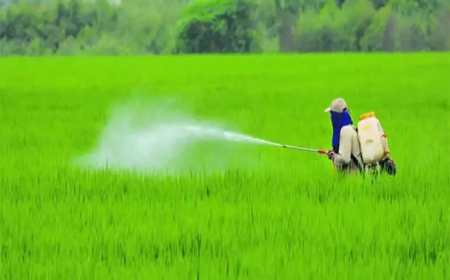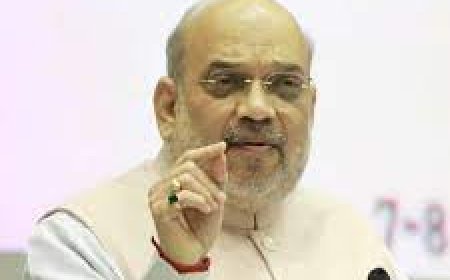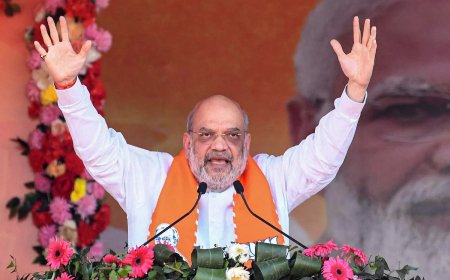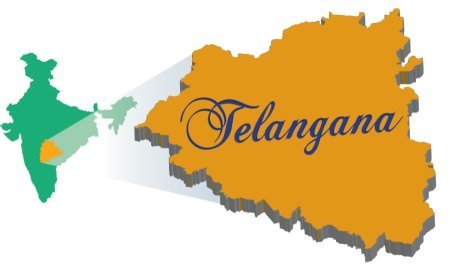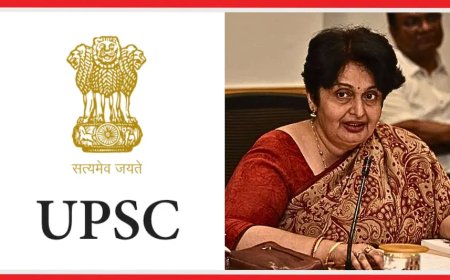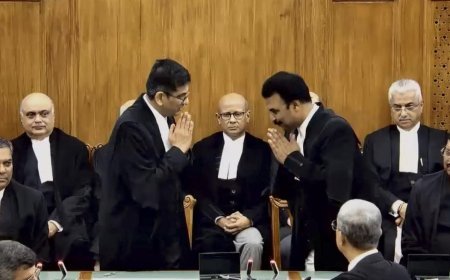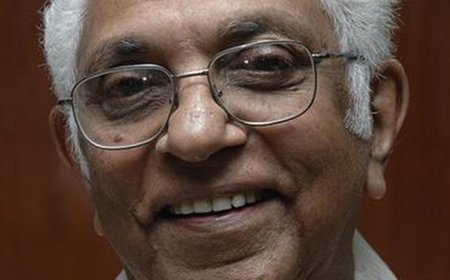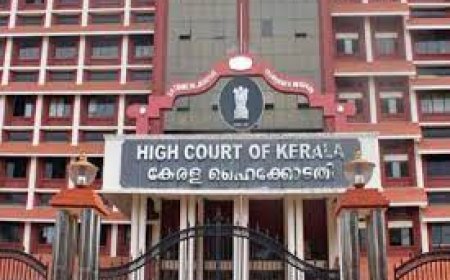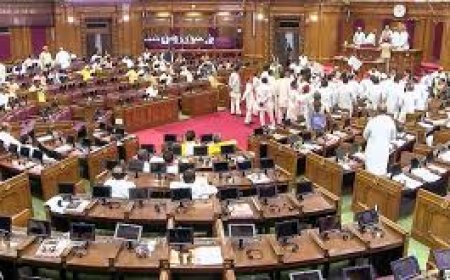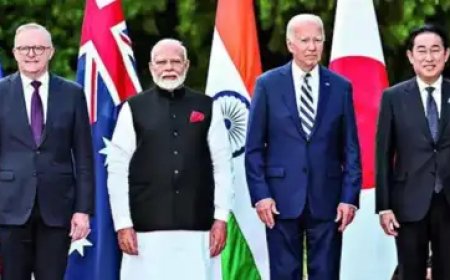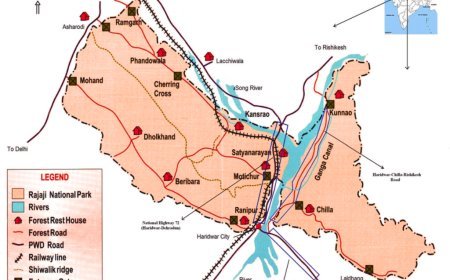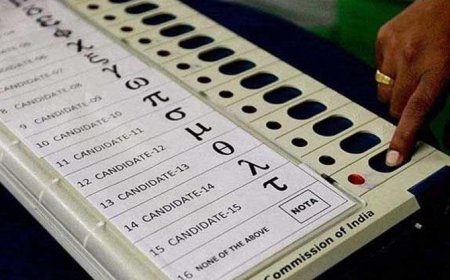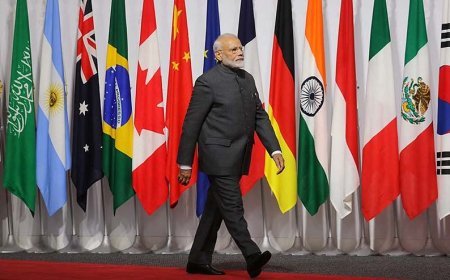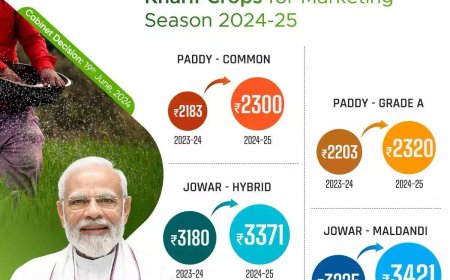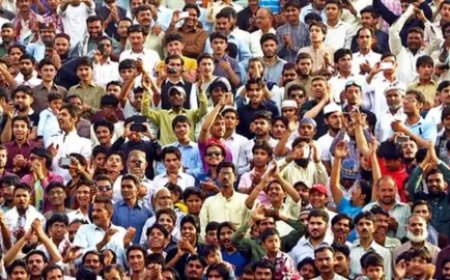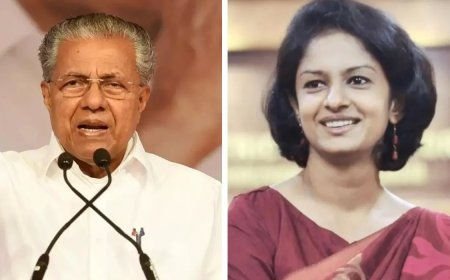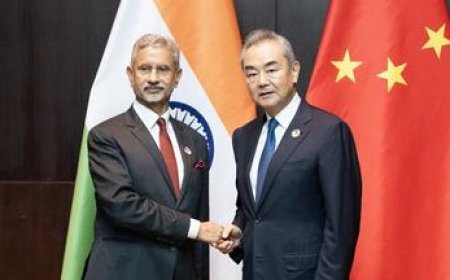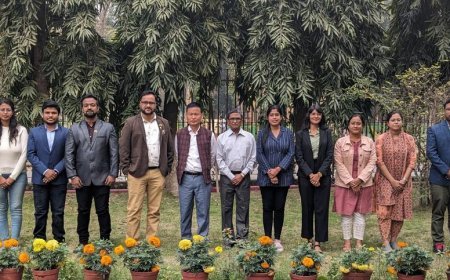The "Not Young" Dilemma: An Analysis of the Indian Express Editorial

The "Not Young" Dilemma: An Analysis of the Indian Express Editorial
The editorial "The Not Young," published by Indian Express, provides an in-depth analysis of India's demographic transition, focusing particularly on the increasing proportion of elderly individuals in the population. The analysis covers the implications of this demographic shift, including the challenges and opportunities it presents, and offers insights and recommendations for policy and societal responses.
Main Points and Arguments
1. Demographic Transition and Demographic Dividend
- Concept Explanation: The editorial begins by explaining the concepts of demographic transition and demographic dividend. The demographic transition refers to the changes in population structure due to variations in birth and death rates, often influenced by socio-economic factors. The demographic dividend, on the other hand, is the economic growth potential that can result from shifts in a population's age structure, particularly when the proportion of working-age individuals increases relative to dependents.
- Potential Benefits: The demographic dividend offers a unique opportunity for economic growth, provided there is adequate investment in education, health, and job creation. This potential is especially relevant for India, which currently has a large youth population that could support economic development.
2. Demographic Changes in India
- Historical and Current Trends: The editorial provides a historical perspective on India's demographic changes. For instance, life expectancy for men has risen from 56 years in 1941 to 69 years today. The Total Fertility Rate (TFR) has also declined significantly, from 5.7 in 1950 to 2.1 in 2019, indicating a transition towards smaller family sizes.
- Gender Preferences: The analysis touches on persistent social norms favoring male children, driven by financial security concerns and patrilocal kinship systems. This preference has led to practices such as sex-selective abortions and neglect of female children, which are reflected in the declining number of girls per 100 boys under the age of five.
3. Regional Demographic Distribution and Rapid Aging
- Regional Variations: The article highlights that certain regions in India, particularly southern states and states like Himachal Pradesh, have a higher proportion of elderly individuals compared to the national average. This trend is expected to continue, with significant implications for regional healthcare and social support systems.
- Comparative Aging Rates: The editorial notes that East and South Asian countries are experiencing a much faster aging process compared to Western countries, compressing demographic transitions that took over a century in the West into a few decades.
4. Challenges of an Increasing Elderly Population
- Inadequate Social Protection: The article underscores the lack of comprehensive social protection mechanisms in India, such as universal pensions and health insurance. Existing schemes often target only the below-poverty-line population, leaving many elderly individuals without sufficient support.
- Changing Family Structures: The transition towards nuclear families diminishes the traditional familial support systems that elderly individuals rely on, exacerbating their vulnerability.
5. Comparative Insights from East Asian Countries
- Integrated Care Models: East Asian countries have developed integrated health and social care systems, funded through a combination of public and private insurance schemes. These systems provide a robust framework for supporting the elderly, including community-based care options.
- Policy and Institutional Gaps in India: India lacks similar comprehensive systems. The editorial points out the fragmented nature of India's health and social care provisions, which are often inaccessible to those outside the organized sector or government employment.
6. Survey Insights and Data Analysis
- LASI and Helpage India Reports: The Longitudinal Ageing Survey in India (LASI) and the Helpage India Report 2024 provide critical data on the health and social conditions of India's elderly. These reports highlight the prevalence of non-communicable diseases (NCDs) among the elderly and the inadequate coverage of social pensions and health services.
- Economic and Social Inequities: Both surveys emphasize the significant disparities in access to health and social care based on factors like geography, caste, and economic status. The findings suggest that many elderly individuals, particularly those working in the informal sector, lack adequate financial security and support.
Recommendations and Way Forward
1. Developing Comprehensive Social Protection Systems:
o India needs to establish universal pension schemes and expand health insurance coverage to include all elderly individuals, regardless of economic status. This could involve building on existing programs like the Ayushman Bharat scheme to provide more inclusive coverage.
2. Investing in Health and Social Care Infrastructure:
o There is a need to invest in health and social care infrastructure, particularly in rural and under-served urban areas. This includes developing community-based care systems that can provide support outside the traditional family structure.
3. Promoting Healthy Aging and Preventive Healthcare:
o Policymakers should focus on preventive healthcare to manage the rising burden of NCDs among the elderly. This includes regular health screenings, promoting healthy lifestyles, and ensuring access to affordable medication and healthcare services.
4. Addressing Gender and Social Inequities:
o Efforts should be made to address the gender disparities in health and social care access. This involves not only improving the availability of services but also addressing underlying social norms and practices that disadvantage women.
5. Policy Reforms and Public Awareness:
o The government should undertake policy reforms to redefine the concept of "wastelands" and other outdated classifications that impact land use and conservation efforts. Public awareness campaigns are also needed to educate the population about the importance of supporting an aging society.
6. Encouraging Private Sector and Community Engagement:
o The private sector and non-profit organizations can play a significant role in developing innovative care solutions, such as retirement communities and long-term care facilities. Encouraging private and community-based initiatives can help bridge the gap in public provisions.
Conclusion
The editorial emphasizes the urgent need for a comprehensive policy framework to address the challenges posed by an aging population in India. It calls for multi-sectoral collaboration, investment in social protection and healthcare, and a shift in societal attitudes towards the elderly. By addressing these issues, India can ensure that its demographic transition leads to sustainable development and social well-being for all age groups.
What's Your Reaction?







